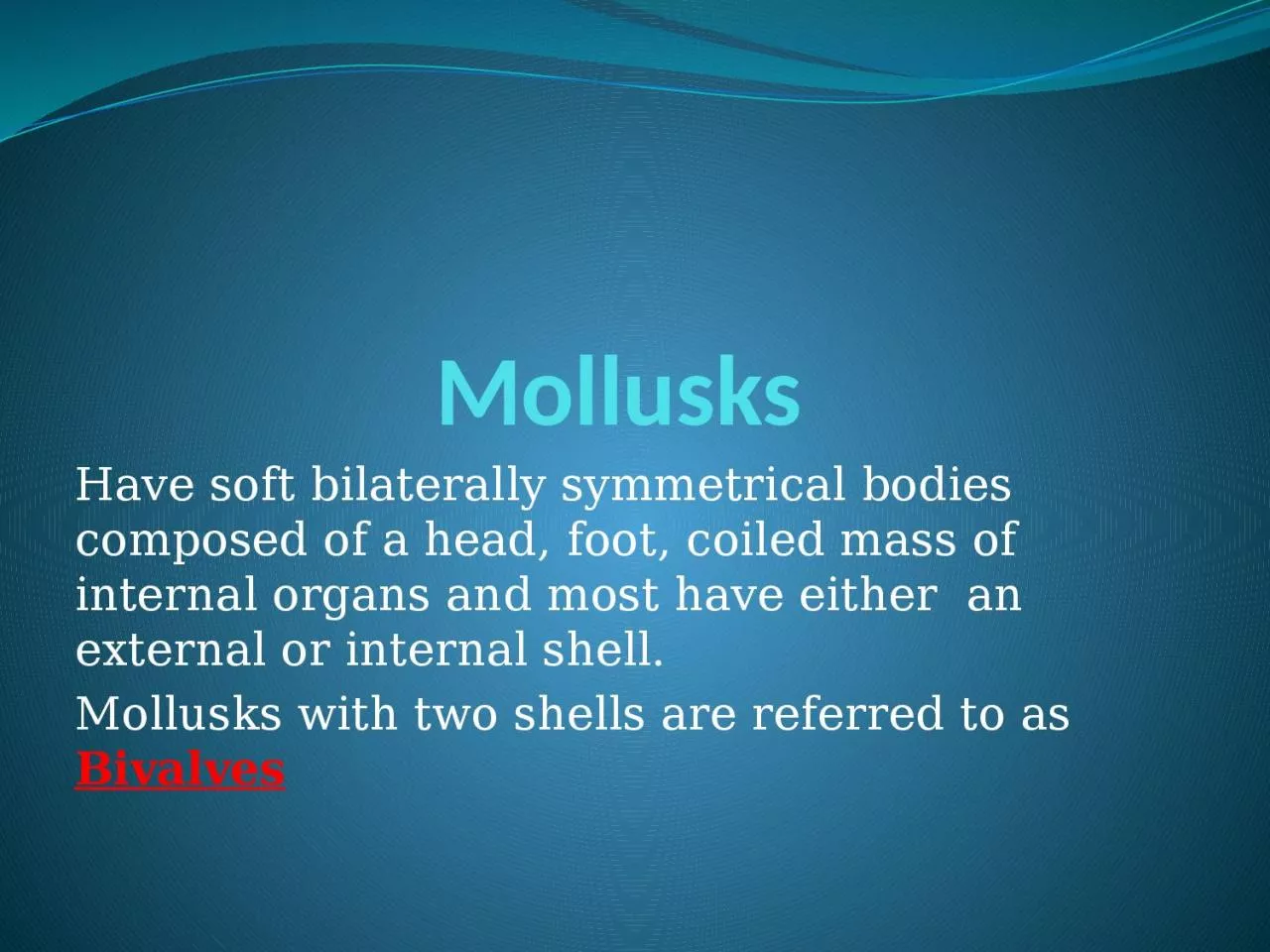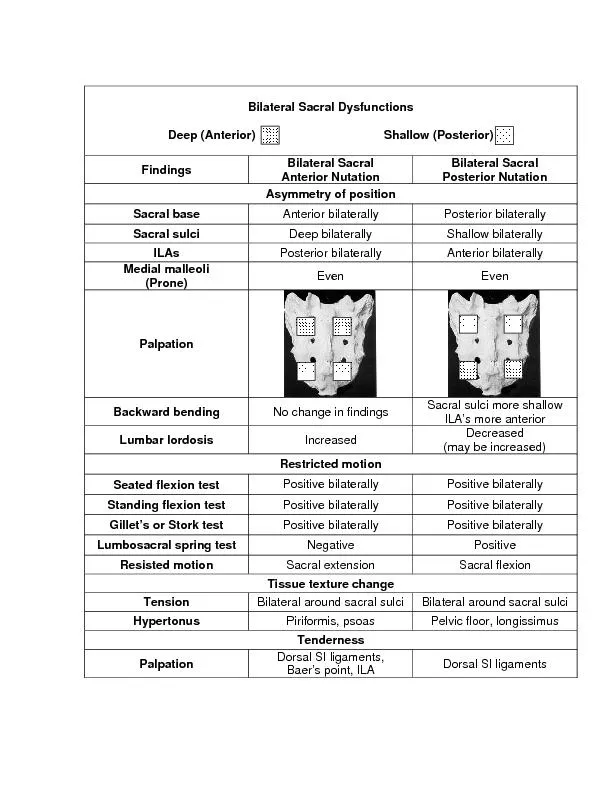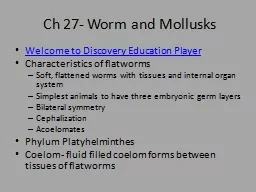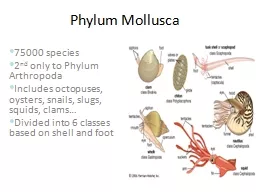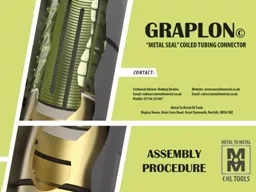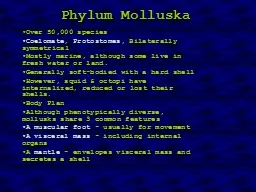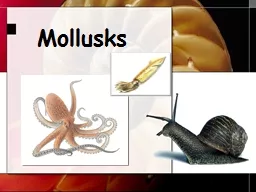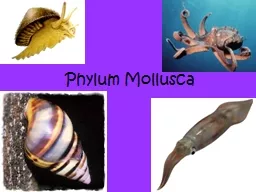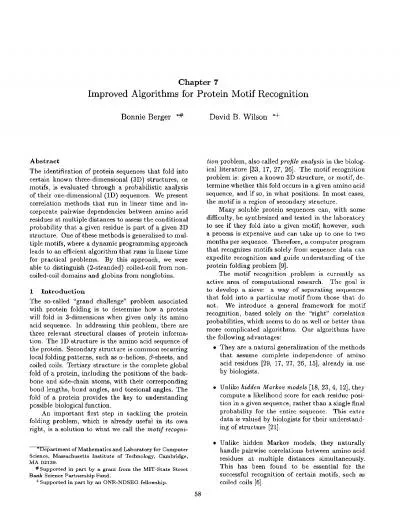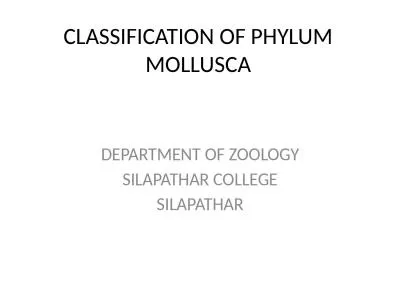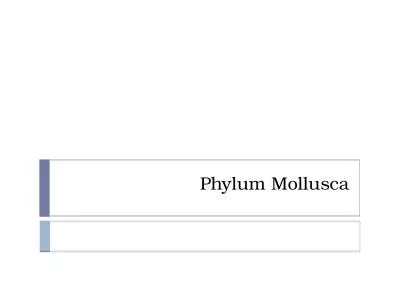PPT-Mollusks Have soft bilaterally symmetrical bodies composed of a head, foot, coiled mass
Author : yvonne | Published Date : 2024-02-03
Mollusks with two shells are referred to as Bivalves Bivalves Two shells of a bivalve are hinged together at one end and are kept closed by a short tough ADDUCTOR
Presentation Embed Code
Download Presentation
Download Presentation The PPT/PDF document "Mollusks Have soft bilaterally symmetric..." is the property of its rightful owner. Permission is granted to download and print the materials on this website for personal, non-commercial use only, and to display it on your personal computer provided you do not modify the materials and that you retain all copyright notices contained in the materials. By downloading content from our website, you accept the terms of this agreement.
Mollusks Have soft bilaterally symmetrical bodies composed of a head, foot, coiled mass: Transcript
Download Rules Of Document
"Mollusks Have soft bilaterally symmetrical bodies composed of a head, foot, coiled mass"The content belongs to its owner. You may download and print it for personal use, without modification, and keep all copyright notices. By downloading, you agree to these terms.
Related Documents

